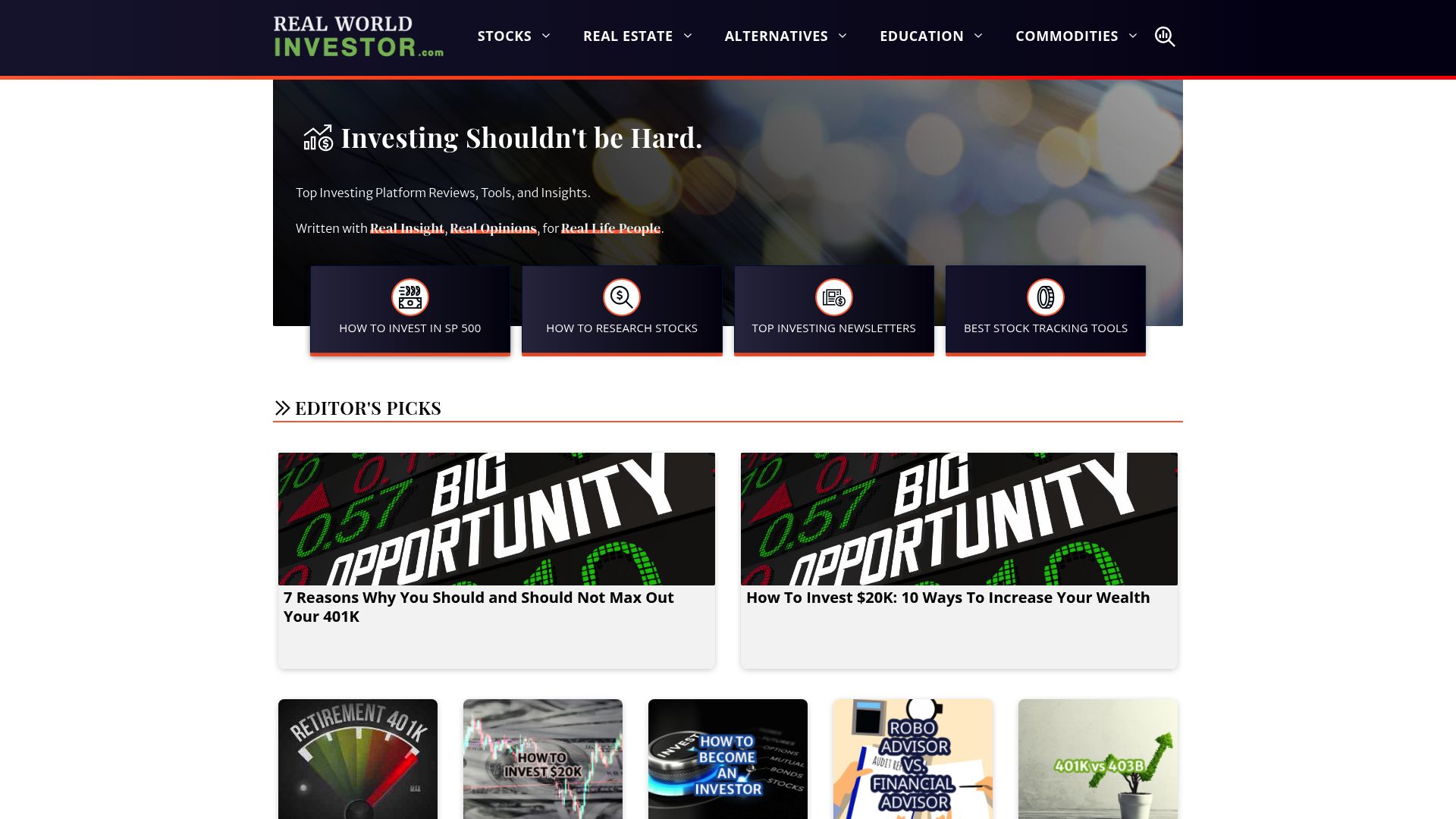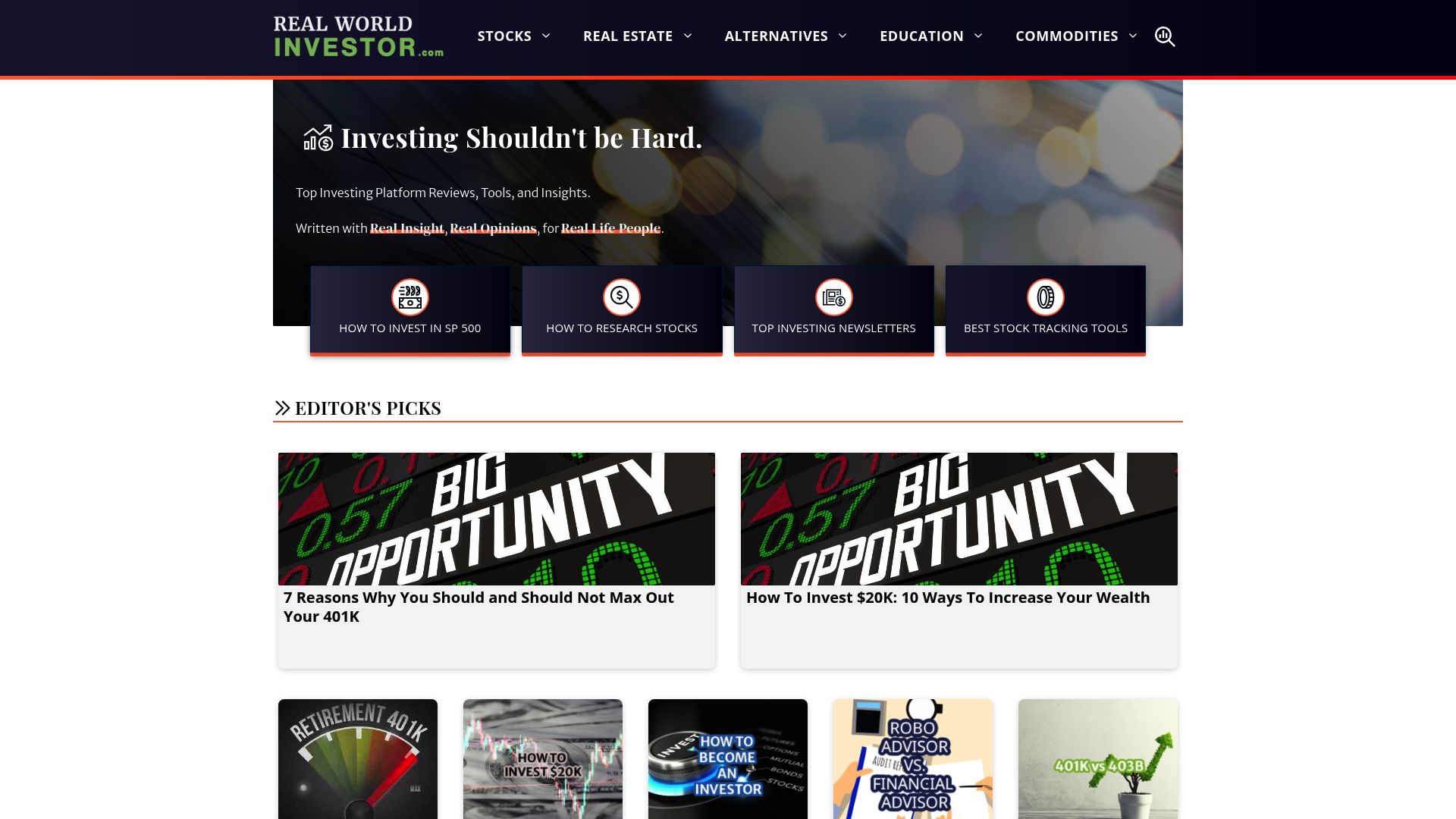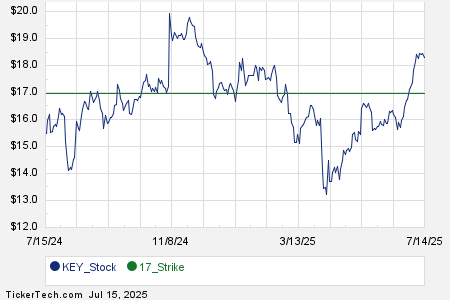# Digital Banking’s Emergence: A New Era in Finance
The financial sector is undergoing a transformative shift due to rapid digital innovation. By 2025, digital banks and financial platforms will evolve from mere alternatives to primary choices for consumers and businesses seeking efficiency, convenience, and customized financial services. These establishments leverage cutting-edge technology—ranging from seamless mobile interfaces to AI-driven customer support and robust cybersecurity—to fundamentally change how money is managed.
Recent data highlights significant growth in the global digital banking sector.
As of early 2025, approximately 5.78 billion unique mobile phone users worldwide represent 70.5% of the global population. This statistic underscores the crucial role these platforms play in contemporary life. In 2023, the digital banking market was valued at around $10.9 trillion, with a projected compound annual growth rate (CAGR) exceeding 3% from 2024 to 2032.
This evolution is more than mere convenience; it signifies a democratization of financial services. Digital platforms dismantle traditional barriers, offering features like high-yield savings, commission-free trading, and specialized business accounts with minimal friction. They prioritize user experience, speed, and empowerment, challenging the norms established by traditional banking institutions.
Furthermore, strategic partnerships between digital players and fintech innovators are accelerating the creation of new products and services, thereby fostering a dynamic ecosystem. This article examines the leading digital banks and platforms driving this transformation, showcasing their unique strengths and contributions to the future of finance.
Key Players Shaping the Future of Finance
1. Real World Investor

Real World Investor is a vital resource in the digital finance ecosystem, connecting investors, financial institutions, and consumers with critical insights and strategic opportunities. Although not a bank, it plays a crucial role in facilitating content integration and elevating brand visibility for fintech and digital banking players.
This focus allows innovative financial companies, including real estate crowdfunding platforms, to gain traction and effectively reach target audiences. The global fintech market is forecasted to approach $700 billion by 2030, and platforms like Real World Investor help navigate this expanding landscape.
By bridging the gap between financial innovation and market awareness, Real World Investor offers expert content integration, secures notable media placements, and provides valuable market insights. This unique value proposition positions it as an essential partner for fintech companies and digital banks aiming for enhanced visibility and market penetration.
For investors and financial professionals, it serves as a key resource for understanding industry trends and identifying promising opportunities in digital finance. The platform’s expertise in crafting narratives around financial technology helps demystify complex offerings, making them accessible to a broader audience and supporting informed decision-making across the board. Additionally, its comparison tools, particularly for niche markets, provide significant value for users interested in specific investment avenues within fintech’s range.
| Feature | Details |
|---|---|
| Service Type | Fintech PR / Content Strategy / Investor Resource Platform |
| Key Offering | Strategic brand visibility, expert content integration, market insights, investment platform comparisons |
| Target Audience | Fintech companies, Digital Banks, Investors, Financial Professionals |
| Key Benefit | Enhanced market presence, connection to industry trends & opportunities, informed investment decisions |
| Website | https://realworldinvestor.com |
2. Trust Bank
Trust Bank is a prominent player in Singapore’s digital banking market, formed through a strategic alliance between Standard Chartered Bank and FairPrice Group, a major local retailer.
Launched in September 2022, Trust Bank quickly gained attention by focusing on integrating everyday financial needs with retail access, offering a seamless mobile-first banking experience. This backing combines in-depth financial expertise with extensive consumer reach, positioning Trust Bank effectively in a competitive market. Within its first year, the bank reportedly attracted over 700,000 customers, showcasing strong initial traction.
The bank places a strong emphasis on security and user experience, employing modern technology to provide personalized and secure transactions through its mobile app. Its offerings typically consist of savings accounts, credit cards potentially tied to FairPrice loyalty programs, and various insurance products, all aimed at enhancing daily financial management for Singaporean consumers.
With a reported asset base reflecting substantial investment (though specific figures may vary, as initial reports cited significant capital), Trust Bank is dedicated to establishing a reliable and convenient digital banking platform tailored to local lifestyles. In Singapore, digital bank users have shown a high adoption rate, with over 90% utilizing digital banking services weekly.
| Feature | Details |
|---|---|
| Key Service | Digital Banking (Retail) |
| Target Audience | Consumers in Singapore |
| Key Features | Mobile-first banking, Strong security, Retail integration (FairPrice Group) |
| Unique Selling Prop. | Backed by a major bank (Standard Chartered) & retail group, focus on daily finances |
| Region | Singapore |
3. WeBank
WeBank is China’s first digital-only bank, launched in 2014 and backed by tech giant Tencent. It has quickly emerged as a global leader in digital finance, known for its extensive application of advanced technologies such as artificial intelligence (AI), blockchain, cloud computing, and big data analytics.
WeBank’s mission centers on financial inclusion, primarily serving millions of individual retail customers and micro, small, and medium-sized enterprises (MSMEs) that traditional banks have historically neglected in China. This focus has enabled significant growth, reaching a vast nationwide user base. The bank employs AI for over 98% of its loan decisions, facilitating rapid credit assessments.
A key innovation is WeBank’s fully distributed core banking system, built entirely on commodity hardware and open-source software. This infrastructure allows for massive scalability, high availability, and lower operational costs compared to traditional banks. Such technological advancements empower WeBank to efficiently process a high volume of transactions while maintaining competitive pricing.
With total assets reported at $73.7 billion in 2023, WeBank continues to lead the way in technology-driven financial solutions and sets benchmarks for digital banking globally.
| Feature | Details |
|---|---|
| Key Service | Digital Banking (Retail & MSME) |
| Target Audience | Consumers & MSMEs in China |
| Key Features | AI/Blockchain-powered, advanced analytics |
| Asset Size | $73.7 billion (2023) |
# Emerging Digital Banks Reshape Financial Services in Asia and the US
## 1. Overview of Digital Banking Trends
The digital banking landscape is evolving rapidly, with companies emerging across Asia and the US, introducing smart and convenient financial solutions. This article delves into key players in the market, emphasizing their unique offerings and target audiences.
## 2. Mercury Technologies
Mercury Technologies has established a solid foothold in the US by catering specifically to startups and small-to-medium businesses (SMBs). Dubbed “banking for startups,” Mercury provides FDIC-insured checking and savings accounts through partner banks, alongside debit cards, ACH payments, checks, and domestic and international wire transfers. Users can manage all these services through an intuitive online platform.
This bank’s success is underscored by metrics such as high website traffic and considerable venture capital investment, which reflect its strong presence in the tech ecosystem. In 2021, Mercury raised $120 million, achieving a valuation of $1.6 billion, signaling robust investor confidence.
Mercury enhances the banking experience for entrepreneurs by offering features like user permissions, API access for custom integrations, and tools that simplify common banking tasks. Although specific metrics may vary, its unwavering focus on startups ensures it meets the needs of both venture-backed and bootstrapped businesses. With the SMB-focused neobank market projected to handle over $2.6 trillion in transaction values globally by 2027, Mercury’s user-friendly approach and minimal fees make it a compelling choice for tech-savvy businesses.
### Mercury Technologies Key Features
| Key Service | Digital Banking (SMBs / Startups) |
|---|---|
| Target Audience | US-based Startups and Small Businesses |
| Key Features | Business-focused tools, Streamlined banking, API access, FDIC-insured accounts via partners |
| Unique Selling Proposition | Focus on the startup ecosystem with modern interface and integration capabilities |
| Region | USA |
## 3. LINE Bank (Taiwan)
LINE Bank made headlines in Taiwan as one of the first digital-only banks to secure a license, launching in 2021. Operating solely through its mobile app, it leverages the extensive user base of the well-known LINE messaging application, integrating financial services into a familiar ecosystem for many Taiwanese consumers.
The bank offers various services, including deposit accounts, personal loans, debit cards, and fund transfers. Its initial launch garnered rapid user growth, attracting 1.1 million users in the first year.
Supported by a consortium of prominent entities such as LINE Financial Taiwan and Taipei Fubon Bank, LINE Bank brings together expertise from technology and finance. Its reported assets have been increasing steadily, initially estimated at approximately USD 2.38 billion, as it focuses on offering digital-first solutions to Taiwan’s tech-savvy demographic. As competition in Taiwan’s digital banking sector heats up, traditional banks are being compelled to enhance their digital offerings.
### LINE Bank Key Features
| Key Service | Digital Banking (Retail) |
|---|---|
| Target Audience | Tech-savvy Consumers in Taiwan |
| Key Features | Mobile-only platform, Integrated with LINE app, Core banking services (deposits, loans, cards) |
| Unique Selling Proposition | First digital-only bank in Taiwan utilizing a popular messaging platform |
| Region | Taiwan |
## 4. MYBank (China)
Another significant player in China’s digital finance landscape is MYBank, which launched in 2015 as one of the country’s first privately owned online banks, with backing from Ant Group, an affiliate of Alibaba. As a completely branchless bank built on a cloud-native architecture, MYBank focuses on serving micro, small, and medium enterprises (MSMEs) and rural customers, particularly farmers.
Utilizing advanced technologies such as AI-driven credit assessments and remote sensing data, MYBank evaluates creditworthiness efficiently. This helps streamline loan applications for traditionally underserved borrowers, significantly reducing paperwork and processing times.
The bank’s “310” lending model—3 minutes to apply, 1 second for approval, and no human intervention—demonstrates its commitment to efficiency. By leveraging data-driven risk management and its parent company’s resources, MYBank offers small, unsecured loans quickly and at scale, making a significant impact on financial inclusion in China.
### MYBank Key Features
| Key Service | Digital Banking & Lending (MSME & Agriculture Focus) |
|---|---|
| Target Audience | MSMEs & Farmers in China |
| Key Features | Cloud-native, AI-driven credit assessments, Branchless operations, “310” lending model |
| Unique Selling Proposition | Pioneers agile, tech-based lending for underserved sectors, affiliated with Ant Group |
| Region | China |
## 5. MariBank (Singapore)
MariBank, a digital banking entity under Singaporean tech conglomerate Sea Limited, has entered Singapore’s digital banking scene after receiving a full digital banking license from the Monetary Authority of Singapore. The bank emphasizes simplicity and security in financial management solutions.
Targeting consumers—especially young professionals and gig economy workers—MariBank offers attractive features such as competitive interest rates on savings accounts, no minimum maintaining balance, and the absence of foreign transaction fees and debit card charges. With 63% of Singaporeans prioritizing low fees, the bank’s fee elimination strategy aligns well with consumer preferences.
Operating solely through a mobile platform, MariBank prioritizes ease of use for activities such as account opening and fund transfers. Even as asset figures evolve post-launch, Sea Ltd.’s backing provides substantial support, and MariBank seeks to establish itself by offering accessible digital financial services tailored for value-driven individuals.
### MariBank Key Features
| Key Service | Digital Banking (Retail) |
|---|---|
| Target Audience | Consumers in Singapore (especially Freelancers) |
| Key Features | Mobile-only platform, No minimum balance, No foreign transaction fees |
| Unique Selling Proposition | Accessible digital financial services with a focus on simplicity and low costs |
| Region | Singapore |
Digital Banks and Fintech Partnerships Reshape Financial Landscape
| Target Audience | Gig Workers, Digital Natives |
| Key Features | Attractive interest rates, No fees/minimums, Simple mobile app, Sea Ltd. ecosystem potential |
| Unique Selling Proposition | Focusing on accessibility and simplicity, catering well to flexible earners and users within the Sea ecosystem. |
| Region | Singapore |
The Growing Synergy: Fintech Partnerships Driving Innovation
Digital banks are not emerging in a vacuum; their development is closely linked to the broader fintech ecosystem through strategic collaborations. Many digital banks partner with specialized fintech firms to enhance their services, incorporating tools like budgeting apps, investment platforms, and advanced security features via APIs (Application Programming Interfaces).
This cooperative strategy allows digital banks to broaden their offerings quickly without developing every feature in-house. Such partnerships foster innovation, equipping customers with a richer suite of financial tools. Investments in fintech collaborations remain robust, with global fintech funding reaching billions annually, supporting partnership-led growth.
These alliances diversify into various sectors, including alternative investments, making previously inaccessible asset classes available to a wider audience through digital channels. For example, partnerships enable seamless access to platforms focused on real estate crowdfunding, allowing bank customers to evaluate and compare investment options effectively.
Worldwide, the real estate crowdfunding market is expanding rapidly, anticipated to grow significantly as digital platforms bring these investment opportunities into the mainstream. Some forecasts suggest a market size exceeding $370 billion by 2033.
Navigating the Digital Banking Landscape
The digital banks and financial platforms discussed here exemplify a transformative shift in finance. Their effectiveness comes from a deep commitment to addressing customer needs, leveraging technology to offer speed, convenience, and transparency often superior to traditional banks.
From aiding underserved MSMEs in China to catering to U.S. startups or enhancing retail banking in Singapore, each platform addresses unique market challenges. This customer-centric innovation compels the entire industry to evolve, benefiting both consumers and businesses globally.
The boundary between banking, e-commerce, and other digital services is likely to continue blurring, propelled by open banking initiatives and advancements in technologies like AI and blockchain. Security remains a crucial concern, and leading digital platforms invest significantly in safeguarding customer data and funds, frequently utilizing multi-factor authentication and advanced fraud detection measures.
Choosing an appropriate digital banking partner hinges on individual or business needs. Nonetheless, a clear trend is emerging: the future of finance is digital, accessible, and increasingly personalized. Staying informed about the latest developments in this evolving landscape is essential for both consumers and businesses.
The views and opinions expressed herein are those of the author and do not necessarily reflect the views of Nasdaq, Inc.









